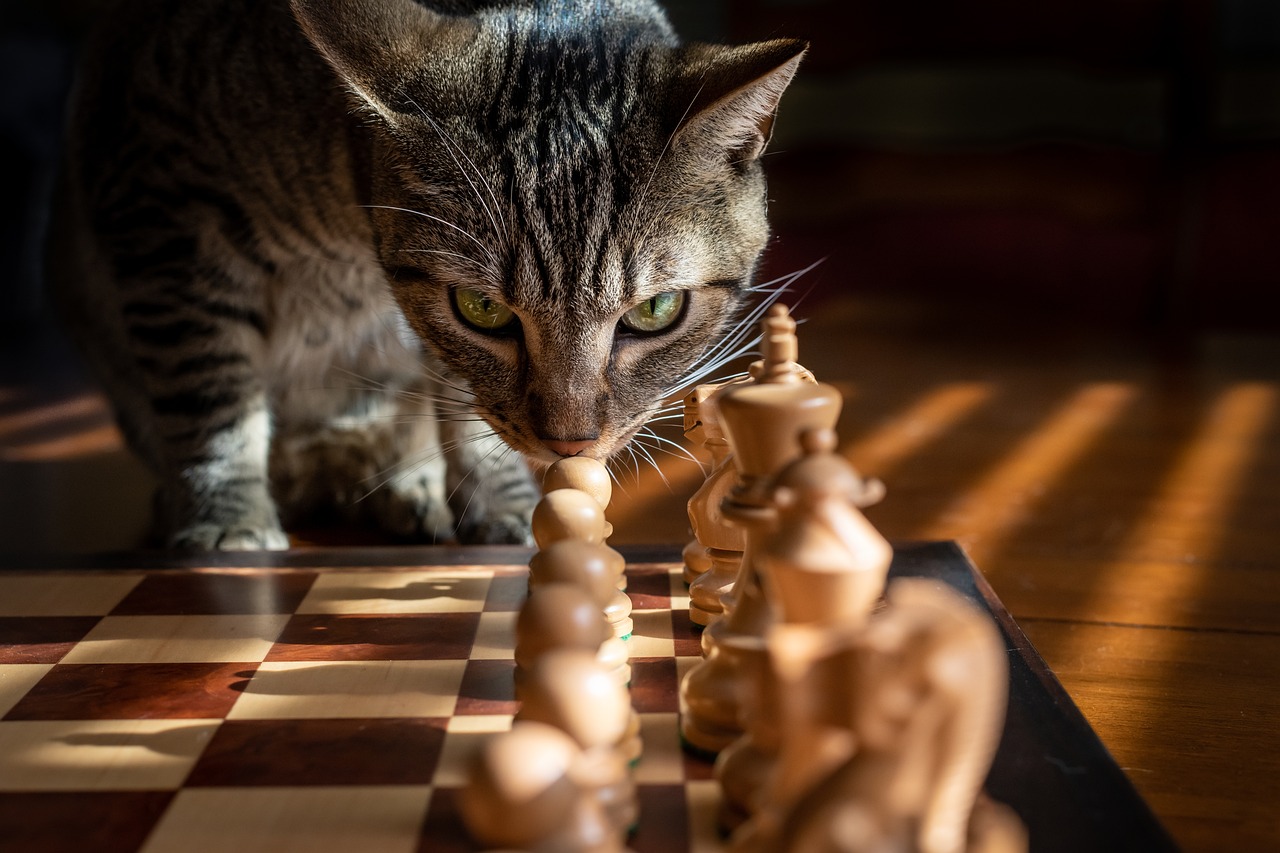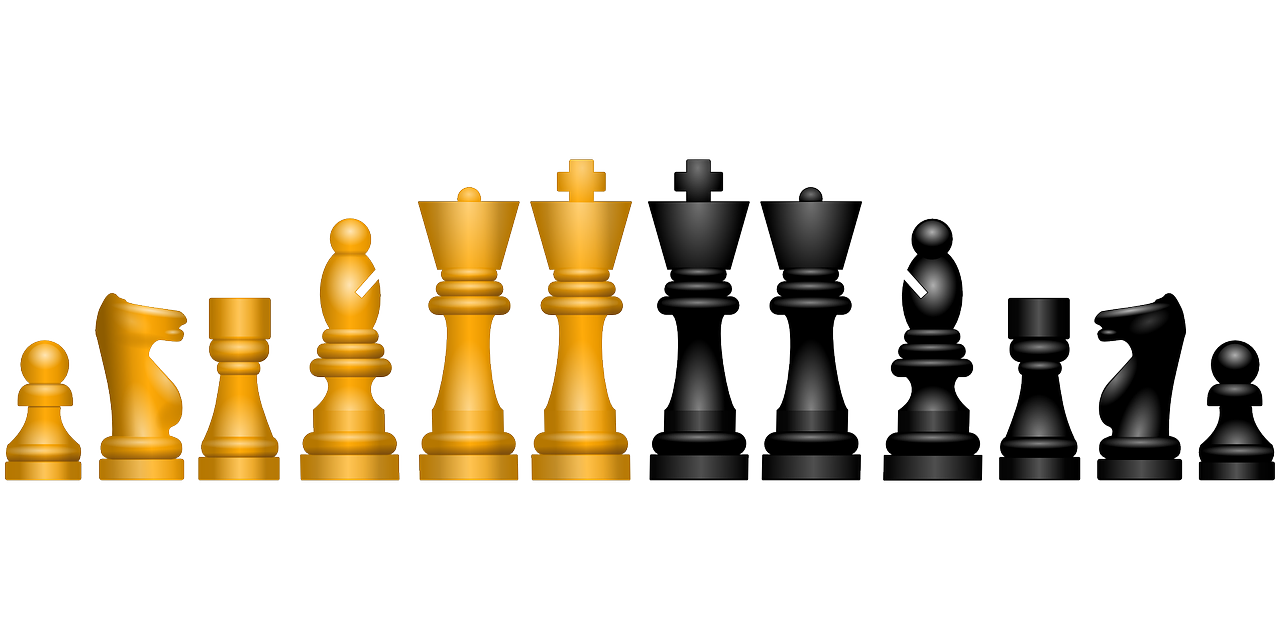Have you ever wondered what separates a novice chess player from a seasoned grandmaster? The answer lies in their ability to strategically maneuver their pieces on the board. One particularly powerful move that can completely transform the course of a game is castling. In this article, we will explore the art of castling, focusing on the strategy and timing behind this move. By understanding the intricacies of castling, you will be able to elevate your chess game to new heights and outmaneuver your opponents with ease. So, let’s delve into the world of chess and unlock the secrets of castling.

The Basics of Castling
What is castling?
Castling is a special move in chess where the king and one of the rooks are moved simultaneously. It is the only move in chess where two pieces can be moved at once. The king is moved two squares towards the rook, and the rook is placed on the square next to the king.
The objective of castling
The main objective of castling is to ensure the safety of the king. By moving the king to a more secure position, it is protected from potential attacks and can find refuge behind a wall of pawns and the rook.
How to castle
To castle, you need to follow a few rules. First, neither the king nor the rook involved in castling should have moved before. Second, the squares between the king and the rook should be unoccupied. Third, the king should not be in check, nor should it pass through or end up in a square that is attacked by an opponent’s piece. Once all these conditions are met, you can castle kingside (short castle) or queenside (long castle) by moving the king and the rook accordingly.
Benefits of Castling
Securing the king’s safety
The paramount advantage of castling is securing the king’s safety. By moving the king away from the center and towards the edge of the board, it becomes less vulnerable to direct attacks from the opponent’s pieces. Castling allows the king to find shelter behind a wall of pawns and a rook, providing a safer position and decreasing the chances of a checkmate.
Developing the rook
Another advantage of castling is the development of the rook. In the starting position, the rooks are usually the least active pieces, stuck in the corners of the board. Castling allows one of the rooks to participate in the game actively. After castling, the rook is centralized, potentially controlling open files and supporting your overall strategy.
Connecting the rooks
Castling also helps with connecting the rooks, which is an important strategic concept in chess. When the rooks are connected, it means they are on the same rank or file, and they can support each other in attacking or defending key squares or pieces. Castling allows the rooks to be linked together, increasing their coordination and effectiveness.
Creating pawn breaks
Castling can facilitate pawn breaks. By castling, you create the possibility of advancing your pawns on either wing, which can lead to breakthroughs and create new tactical opportunities. Pawn breaks can disrupt your opponent’s pawn structure, open lines for your pieces, or create weaknesses that can be exploited later on.

When to Castle
General principles
The decision of when to castle is a critical one and should be based on several general principles. It is usually recommended to castle in the early to middlegame, where the king’s safety weighs more heavily. However, there are situations where castling can be delayed or even foregone altogether. It is important to consider the overall position, piece activity, pawn structure, and potential threats before making the decision to castle.
Castling kingside vs. queenside
When deciding between kingside and queenside castling, it is essential to evaluate the specific position and circumstances. Kingside castling is generally more common as it tends to be faster and safer. On the other hand, queenside castling can lead to a more aggressive position with potential attacking opportunities. Queenside castling often involves a more complex pawn structure and requires careful consideration of potential weaknesses.
Considering positional factors
When deciding when to castle, it is crucial to take into account various positional factors. These factors may include pawn structure, piece activity, control of the center, potential open files, and the overall strategic plan. Castling at the right moment can enhance your position and set the stage for a successful middlegame and endgame.
Understanding the Different Types of Castling
Kingside castling
Kingside castling is the most common form of castling. It involves moving the king two squares towards the rook on the king’s side and placing the rook on the square next to the king. Kingside castling is relatively straightforward, quicker to achieve, and generally considered safer due to the presence of more pawns as a shield.
Queenside castling
Queenside castling involves moving the king two squares towards the rook on the queen’s side and placing the rook on the square next to the king. Queenside castling is less common than kingside castling but can provide more aggressive opportunities. It requires careful consideration of the pawn structure and potential weaknesses that may arise from the open files.
Artificial castling
Artificial castling refers to a situation where the king’s original square remains unchanged, but the rook is moved to a new square. This can occur when a pawn has moved forward, creating an opening for the rook to move. Artificial castling is less common, but it can still be a valuable maneuver that supports the overall strategy.
Delayed castling
Delayed castling refers to postponing the move of castling until a later point in the game. This can be a tactical decision based on the specific position, where other priorities, such as piece development or pawn breaks, take precedence. Delayed castling can introduce an element of surprise and catch opponents off guard, but it should be done judiciously to avoid compromising the king’s safety.

Castling Timing in the Opening
The role of castling in the opening
Castling plays a crucial role in the opening phase of the game. It allows the king to find safety and sets the groundwork for a solid middlegame. In the opening, castling generally takes priority over aggressive moves, as securing the king should be the primary concern. By castling early, you can safeguard the king and focus on other strategic goals.
Castling to support specific openings
Different openings have different castling preferences. Some openings favor kingside castling for a more fortified position, while others may lean towards queenside castling to support a more dynamic and aggressive playstyle. Studying specific openings and understanding their castling strategies can provide valuable insights and help with decision-making in the opening phase.
Considering opponent’s threats
When deciding on the timing of castling in the opening, it is crucial to consider potential threats from the opponent. Evaluating their plans, piece placements, and potential tactical opportunities can guide your decision. Casting into a dangerous position can leave the king vulnerable to attacks, so thorough evaluation of the position is necessary to ensure the safety of your king.
Castling Timing in the Middlegame
Maintaining king safety
In the middlegame, the primary concern when it comes to castling is maintaining the safety of your king. If the position becomes more open and the potential for tactical strikes increases, it is essential to castle and provide your king with a safer position. Delaying castling can expose the king to potential threats, so evaluating the position and considering the king’s safety is paramount.
Preparing for pawn breaks
In the middlegame, pawn breaks become more crucial for positional and tactical reasons. Castling can help in preparing these pawn breaks by bringing the rooks into play and creating potential pawn breaks on either wing. By castling, you set the stage for possible pawn breakthroughs that can disrupt your opponent’s pawn structure or create new tactical opportunities.
Activating the rooks
In the middlegame, activating the rooks becomes crucial for effective piece coordination and control of open files. Castling allows one of the rooks to be connected with the other rook and participate in the game actively. This enables better coordination between the pieces and enhances the overall strength of your position.
Initiating a king’s attack
In certain middlegame positions, castling can be delayed to initiate a king’s attack. By keeping the king in the center and postponing castling, you can use the king as an attacking piece and create tactical opportunities against your opponent’s position. This strategy requires accurate calculation and evaluation of potential risks, but it can catch the opponent off guard and lead to a decisive advantage.
Castling Timing in the Endgame
Transitional endgames
In transitional endgames, where there are still a significant number of pieces on the board, castling can still play a role. If the king’s safety remains a concern or there is a potential for an attack, castling in the endgame can ensure the king’s protection. Additionally, the active participation of the rooks, facilitated by castling, can help in creating chances for a successful transition into the endgame.
King activity in the endgame
In certain endgame positions, the king becomes an active piece that can play a decisive role. Besides the safety aspect, castling can enable the king to move towards the center or attack the opponent’s pawns or pieces. Castling in the endgame can improve the king’s activity and potentially create winning opportunities.
Opposite-colored bishop endgames
In opposite-colored bishop endgames, where each player has a bishop on a different-colored square, castling can be especially important. Opposite-colored bishop endgames often involve potential mating attacks, and castling can provide the necessary safety for the king while also allowing for potential counterplay. By ensuring the king’s safety through castling, you can focus on exploiting the positional advantages provided by opposite-colored bishops.
Recognizing When Not to Castle
Delayed castling
While castling is generally recommended, there may be situations where delayed castling can be a valid strategy. This can occur when other priorities, such as piece development or pawn breaks, take precedence. However, delaying castling should be done judiciously, considering the king’s safety and potential threats from the opponent.
Using pawn breaks as an alternative
In certain positions, it may be favorable to forego castling and utilize pawn breaks as an alternative strategy. By advancing pawns aggressively and creating weaknesses in the opponent’s pawn structure, you can disrupt their plans and create tactical opportunities. However, this approach requires careful evaluation of the position and the inherent risks involved.
Opponent’s aggressive pawn structure
If your opponent has an aggressive pawn structure that opens up potential attacking opportunities, castling may not be the best choice. In such situations, it may be wiser to keep the king in the center, maintain flexibility, and take advantage of the opponent’s pawn weaknesses. Recognizing when castling is not the optimal choice is essential for making the right decisions in the game.
Psychological Aspects of Castling
Creating a strong fortress
Castling can have psychological benefits in addition to its strategic advantages. By securing your king through castling, you create a sense of safety and stability. This can provide a psychological boost, giving you confidence and allowing you to focus on other aspects of the game without the constant worry of potential attacks on your king.
Inducing opponent’s mistakes
Castling can also serve as a psychological weapon by inducing your opponent to make mistakes. By casting, you create potential opportunities for your opponent to overextend, miscalculate, or make ill-advised attacks. The perceived safety of castling can lull your opponent into a false sense of security, leading them to take risks that can backfire.
Building confidence
The act of castling itself can be confidence-building. By following established principles and castling at the right time, you reaffirm your understanding of the game and your ability to make sound strategic decisions. Castling reinforces your confidence in your position and can set the tone for the rest of the game.
Common Mistakes in Castling
Premature castling
One common mistake in castling is premature castling. This occurs when a player castles too early without considering potential threats or the overall position. Premature castling can expose the king to attacks and give the opponent an advantage. It is important to evaluate the position and ensure the king’s safety before committing to castling.
Ignoring opponent’s attacking potential
Another mistake is ignoring the opponent’s attacking potential when castling. Failing to consider the opponent’s plans, piece coordination, or pawn breaks can lead to disastrous consequences. It is crucial to be aware of potential threats and evaluate the position from the opponent’s perspective before deciding when to castle.
Improper timing
Improper timing of castling can also occur, especially in more complex positions. In such cases, casting at the wrong time can result in missed opportunities or weakened positions. It is important to analyze the position, weigh the pros and cons of castling, and make the decision based on a thorough assessment of the specific circumstances.
In conclusion, castling is a fundamental and strategic move in chess. It provides several benefits, including securing the king’s safety, developing the rook, connecting the rooks, and creating pawn breaks. The timing of castling is essential, and it depends on the overall position, the specific opening or middlegame plan, and potential threats from the opponent. Recognizing when not to castle and being aware of common mistakes can help improve decision-making and overall gameplay. By mastering the art of castling, you can enhance your chess strategy and increase your chances of success on the board.



